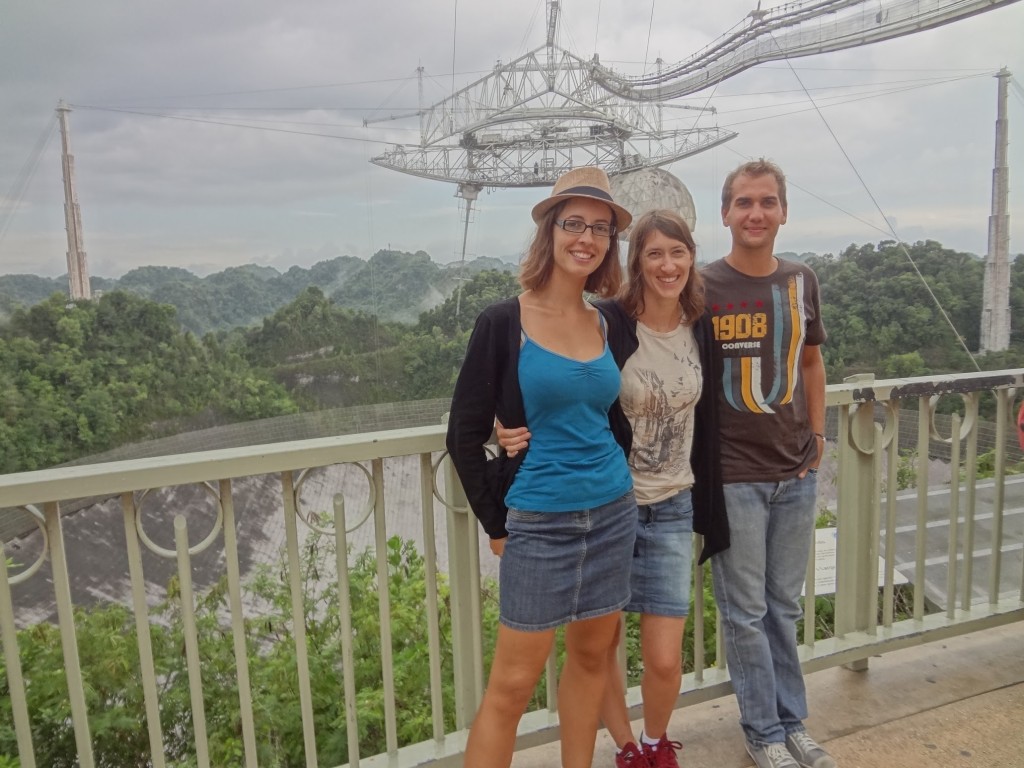Maybe the info was lost on all the news that trump the attention, but China has been involved with serious business in science recently. From a stage where the industry would produce with high-efficiency but with minor innovation. The country are now paving the way forward.
A few recent examples this year are pretty telling. The first one would be the launch of a set of satellites designed to study quantum encryption over long distances. Apparently, this project was proposed by leading German scientist Anton Zeilinger to the European Union, but never got through (update Oct 28th, 2016 : Now there’s a event a 2000km quantum link project underway in China. Wow!)The second one is the completion of the largest earth-based telescope (FAST) for microwaves detection in the Guizhou province. The previous record was held by Arecibo, in Puerto Rico, certainly closer to my home island than FAST.Another example is TaihuLight, a supercomputer which literally dwarfs the first US supercomputer Titan (93PFLOPS vs 18PFLOPS). This is especially humbling, given that Intel was barred by the US government to provide the chips for this computer, and the Chinese government decided to build their chips from the ground up. They surpassed all expectations– but they’re still using relatively manufacturing common technology. The edge on EUV lithography still seems to be outside China, but TSMC isn’t far…
Last example is the launch of the Chinese space station Tiangong-1, which eventually failed (launched in 2011, it will re-enter the atmosphere next year… uncontrolled.) At a time where the focus is on SpaceX rather than on NASA, bold ambitions are no longer where they used to be.The rise of China to the forefront of research come as a surprise; in Berkeley, I have many colleagues who are Chinese who I revere — and the ratio seems to match a purely demographic reality : a fifth of the world population is Chinese, and that Berkeley regroups the top scientists (it is the best ranked public university, and third overall).The leadership of China in science seems to be upon us… very soon, given the raw number (non-defense R&D in the US is a mere $69B, compare with $41B for China). Spending in the US is completely sunk by unnecessary wars (~$2 trillions have been spent in excess since 2001) or just plain waste of money.In the meantime, it seems that DOE has been shaken up with losing the domination on computational power. Hopefully they will resume a healthy competition that will promote science, rather than letting idiots undermining it.
The thing is, however, that big science got REALLY big. The many vastly successful scientific program are mostly international : the Large Hadron Collider, where the Higgs boson was detected, is just another form of the Super Conducting Collider that was gutted by the US Senate. The main nuclear fusion project, ITER, is an international collaboration too. While NIF seems to experience some problems, other large projects led by the US have been very fruitful, from the Sudbury Neutrino Observatory, whose confirmation of a mass for neutrinos has led to the Nobel Prize last year, while the LIGO collaboration, which first measured gravitational waves, is poised to lead to a string of new exciting achievements !
